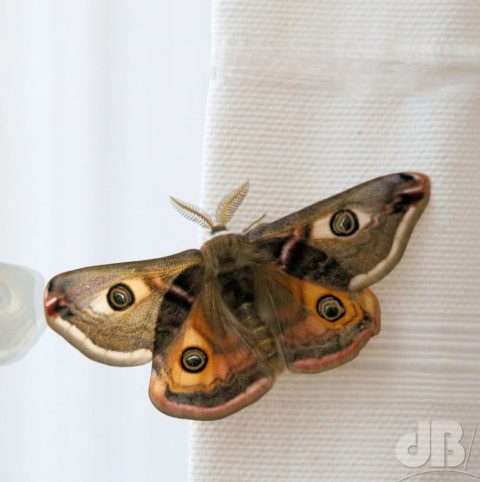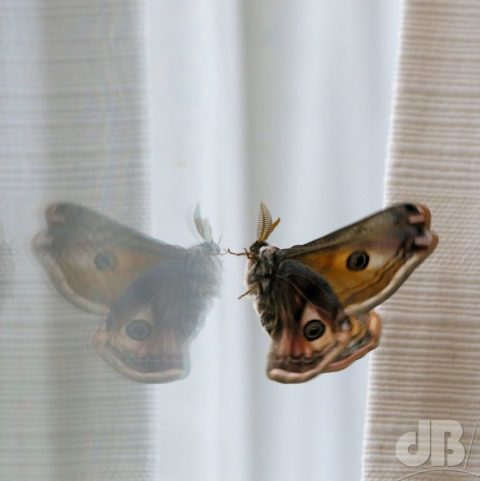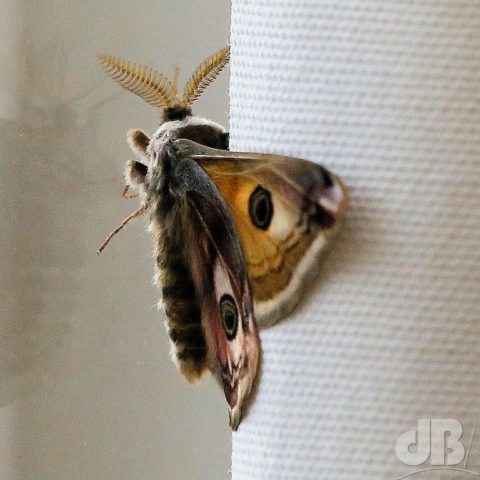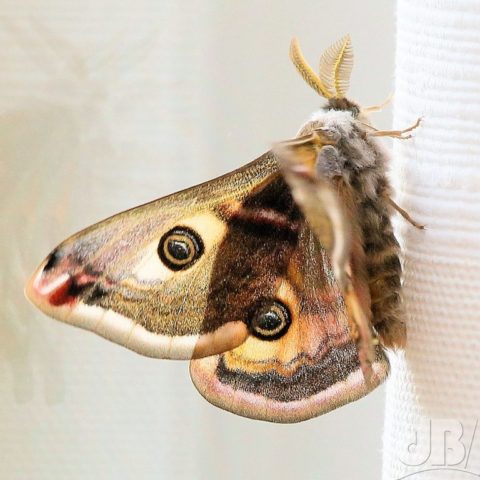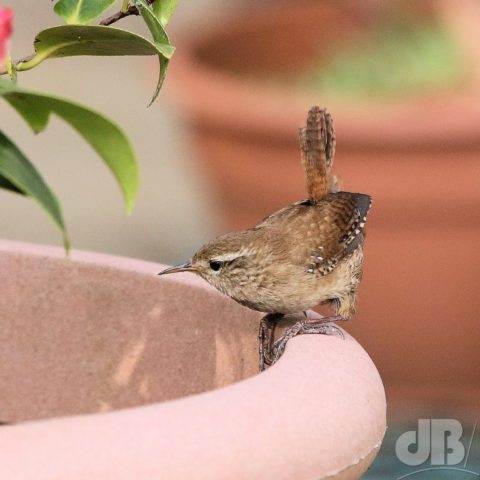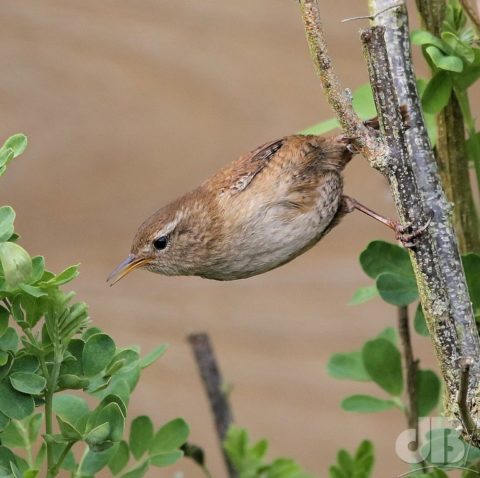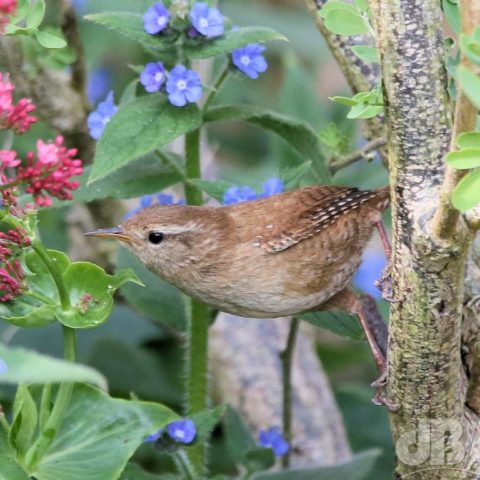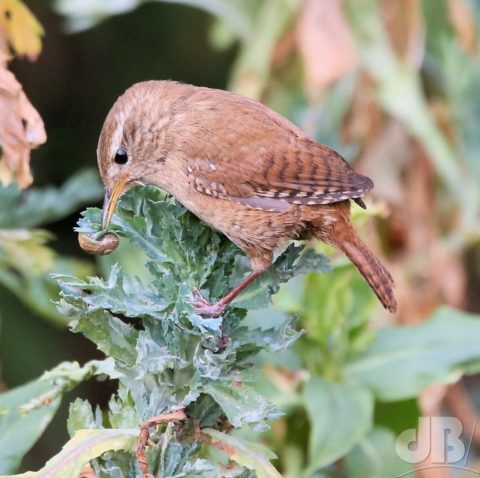Before the Covid-19 lockdown I was working with my Editor at Chemistry World on a feature article on the hazards of handling, and specifically not mixing, different cleaning agents, such as ammonia, acids, bleaches etc. The article was written and edited, then Covid-19 hit hard and other materials took priority in the final editing queue.
However, last week reports came in that showed that accidental poisonings in the USA had risen dramatically during the Covid-19 lockdown compared with the same period last year. Indeed, they are up 20 percent, according to the Centers for Disease Control and Prevention (CDC). Moreover, there were more than 45000 emergency calls related to exposure to disinfectant and cleaning agents. About two-thirds of the incidents involved bleach and the others non-alcohol disinfectants and hand sanitisers. Serious problems can arise with ingestion or inhalation of fumes from any of these chemicals, but worse are the problems if certain ones are mixed as they can produce huge volumes of toxic gases, such as chlorine, and even explosive chemicals.
I spoke once more to my expert witnesses, we did the final edit, and ran the article…
Then, Trump’s illogical thought processes exploded with that ridiculous ill-informed and fundamentally stupid remark about “cleaning” the body of the germ, the virus, it’s tiny, you can’t see it, by injecting disinfectant or radiating someone with ultraviolet light. Neither idea has any basis in medicine and both are incredibly dangerous! Of course, you can kill the virus with disinfectant or soap and water. You can kill it with ultraviolet let, even sunlight will kill it. But, you cannot treat someone infected with it by injecting such chemicals into their body or irradiating them. Sheesh, he makes “Dubya” look almost intelligent…
Anyway, the feature article on not mixing cleaning agents is now live on the Chemistry World website and is getting a lot of reads and a lot of social media shares.
https://www.chemistryworld.com/news/explainer-why-is-mixing-cleaning-chemicals-such-a-bad-idea/4011257.article


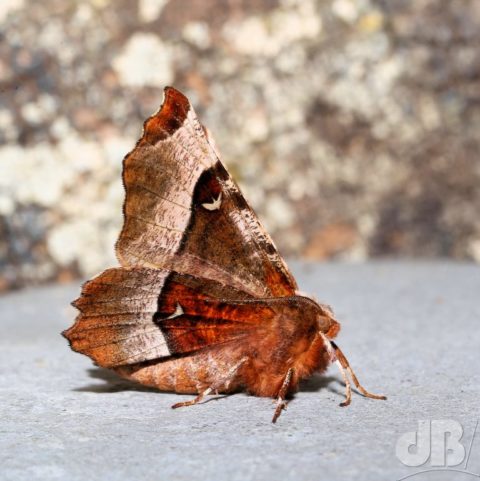
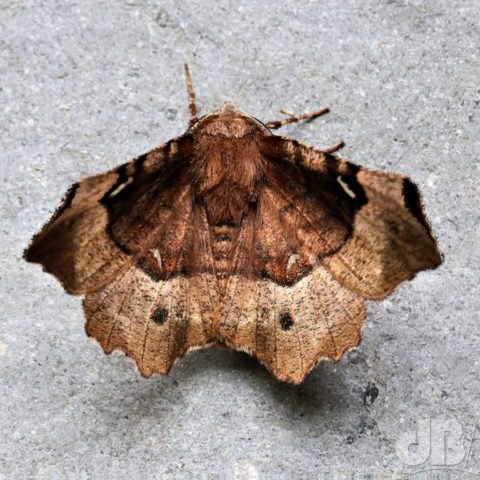
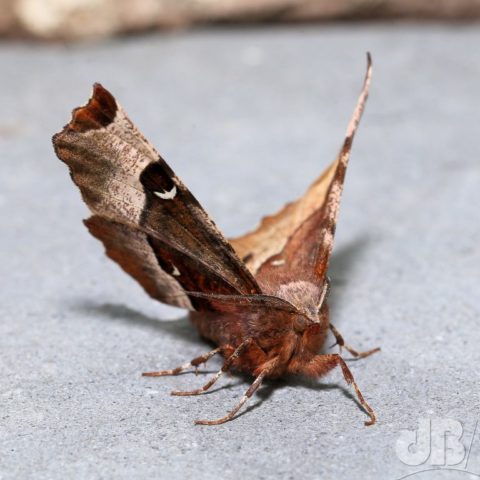
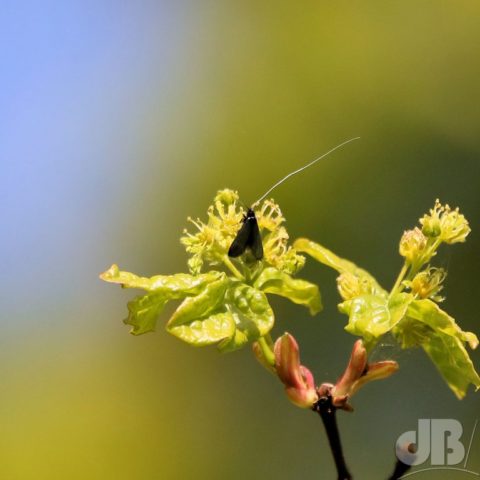
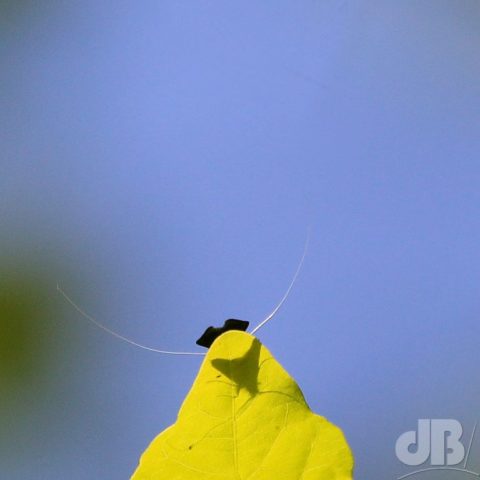
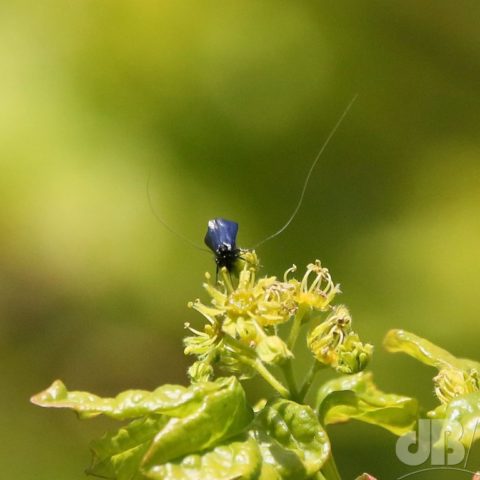
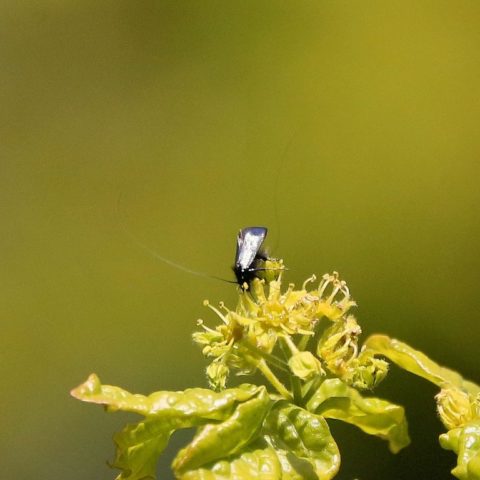
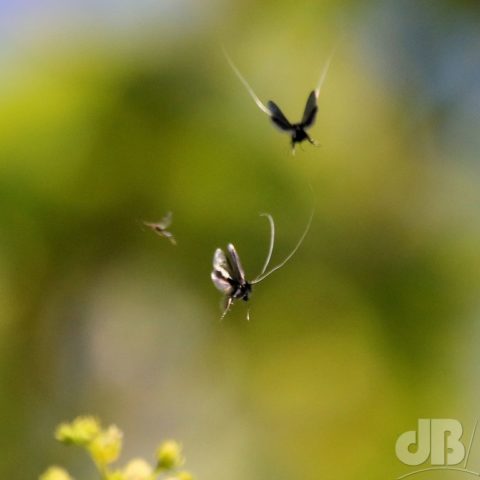
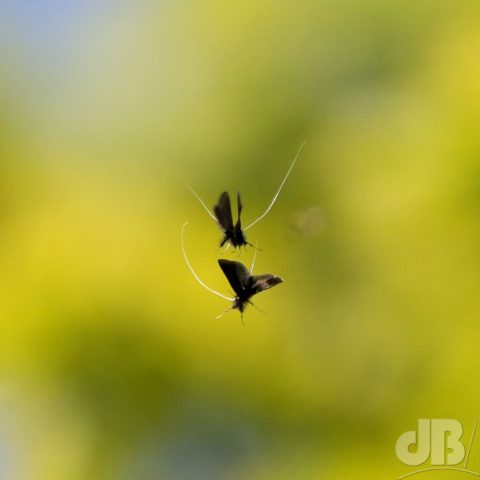
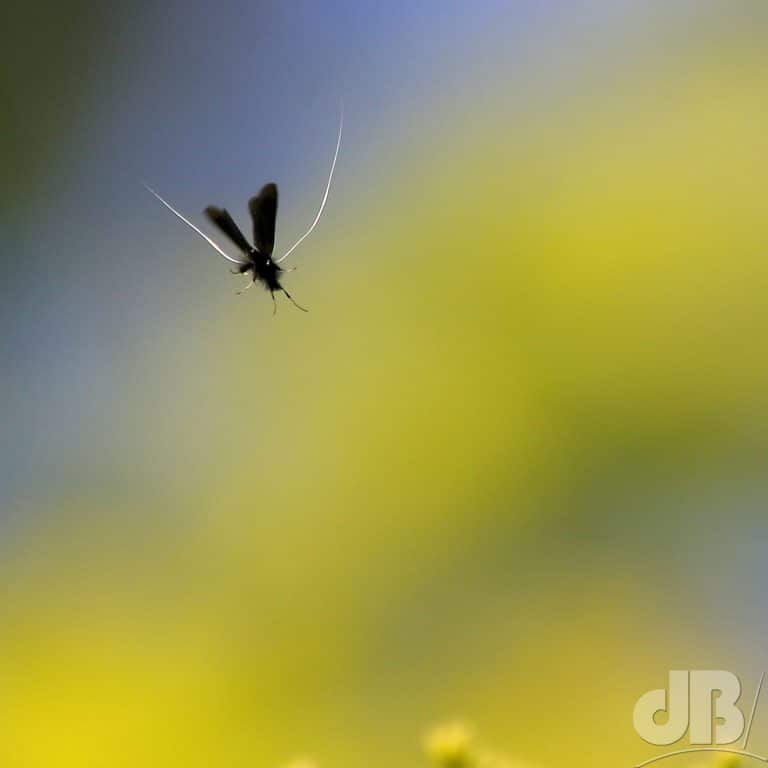
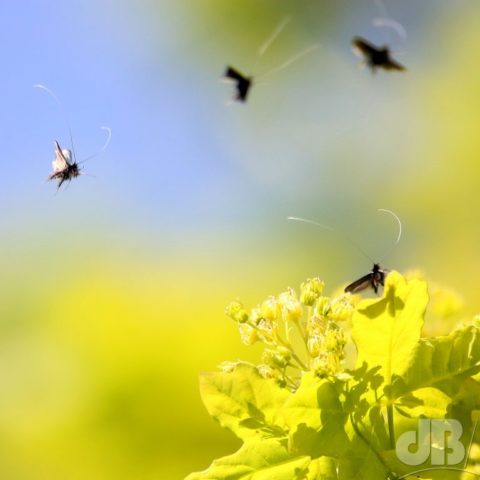
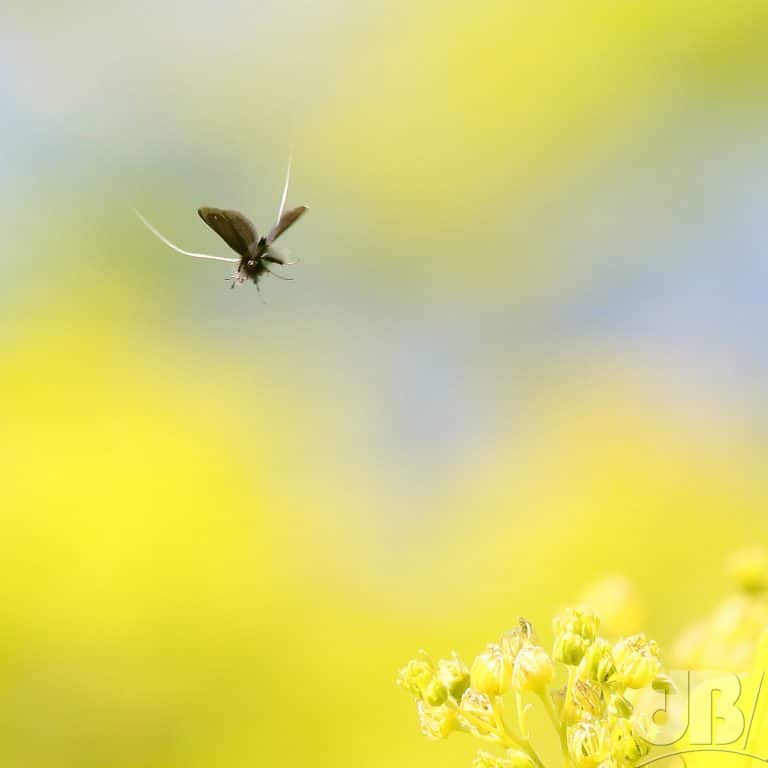
 Did the massive flu pandemic of a century ago force us to break with the past? What about SARS, MERS, Swine Flu, Ebola, Bird Flu, bovine TB, foot and mouth. I don’t think much changed after any of them…
Did the massive flu pandemic of a century ago force us to break with the past? What about SARS, MERS, Swine Flu, Ebola, Bird Flu, bovine TB, foot and mouth. I don’t think much changed after any of them…